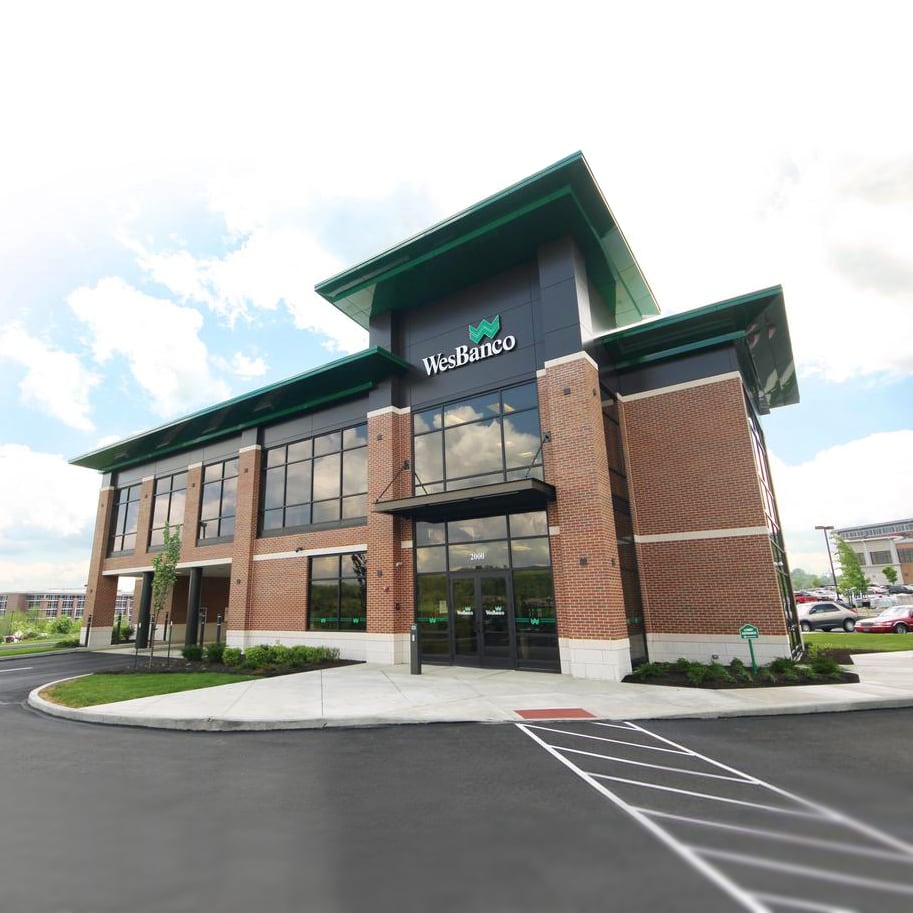NOTICE: Internet Explorer was retired by Microsoft on June 15th, 2022 and is no longer supported. This could change how you access Online Banking.
Planning and Budgeting for Capital Expenditures | WesBanco

Planning and Budgeting for Capital Expenditures
Investing money back into your business is an important way to support its long-term success.
Investing money back into your business is an important way to support its long-term success.
It’s often necessary to invest in fixed assets like new facilities, facility upgrades, vehicles or equipment. These investments are critical to keep your business running efficiently, help your team work productively and accommodate greater customer demand.
Capital Expenditures vs. Operating Expenditures
Business costs are usually categorized as capital expenditures (CapEx) or operating expenditures (OpEx). According to generally accepted accounting principles (GAAP), these expenditure types are treated differently on your company’s financial statements, so they can have different impacts on your budget, cash reserves, tax burden and strategic position.
Typically, big-ticket purchases that offer long-term value are reported as CapEx, while year-round or short-term needs are treated as OpEx. In some cases, though, you may be able to choose whether an expense will be a capital expenditure or an operating expenditure. One example is software, which may either be purchased upfront or as a subscription-based service. Similarly, a company vehicle could be purchased outright or leased monthly.
In many cases, operating expenses are more manageable for small businesses because the costs are spread out and the full amount can typically be written off in the same tax year the costs are incurred. On the other hand, capital expenditures are reported as assets on your balance sheet, which may increase your company’s attractiveness to investors.
As with most things in business, there’s no one-size-fits-all solution when comparing capital expenditures vs. operating expenditures. At WesBanco, we specialize in guiding you through the complexities of CapEx and OpEx, tailoring our advice to your unique capacities and goals.
Planning for Capital Expenditures
When handled correctly, capital expenditures can support more effective operations and revenue growth. They’re an important part of your business’s overall financial plan. And you can approach these major expenses with confidence rather than hesitancy by careful planning.
There are many factors to consider when planning a major investment including choosing where, when and how much to spend. It may feel safer to avoid major spending altogether – but it could be the keep to boosting your business’s growth. Performing a careful cost-benefit analysis when budgeting for capital expenditures can help your company spend more efficiently and become more profitable over time.
Short-Term Impact vs. Long-Term Benefits of CapEx
When considering a purchase, it can be difficult to evaluate the item’s impact based on the dollar amount alone. When planning for CapEx, understanding the short-term impact and long-term benefits of an expense gives you a better idea of what it will do for your business. Think about this number in terms of the metrics that matter to you, like billable hours, staff wages or units sold.
Translating a price into a company-specific value can show how long it will take to earn back this amount. This also works when planning for multiple smaller expenses – such as new computers, software or furniture. For a series of expenses over time, many companies prefer the flexibility of a business line of credit.
Measuring capital expenditures in terms of time or productivity can also help you gauge the potential benefits of better equipment, more employees or a new facility. Look at your current operations and estimate how your capital expenditure would boost the daily productivity of your team – such as streamlining processes, improving quality of work or increasing output. Consider the value of daily improvements when extended over months or years, and that should help you calculate the long-term benefits of your investment.
Financing for Capital Expenditures
Capital expenditures can significantly deplete your cash reserves, so it’s often wise to consider financing options.
Modeling the financial impact of a major expense over time can help when applying for a loan or line of credit. By showing why a CapEx is necessary and how it will benefit your company’s growth, you can assure your lender that your strategy is sound and your loan request is practical.
Content is for informational purposes only and is not intended to provide legal or financial advice. The views and opinions expressed do not necessarily represent the views and opinions of WesBanco.
While we hope you find this content useful, it is only intended to serve as a starting point. Your next step is to speak with a qualified, licensed professional who can provide advice tailored to your individual circumstances. Nothing in this article, nor in any associated resources, should be construed as financial or legal advice. Furthermore, while we have made good faith efforts to ensure that the information presented was correct as of the date the content was prepared, we are unable to guarantee that it remains accurate today.
Neither Strategy Academy nor its sponsoring partners make any warranties or representations as to the accuracy, applicability, completeness, or suitability for any particular purpose of the information contained herein. Strategy Academy and its sponsoring partners expressly disclaim any liability arising from the use or misuse of these materials and, by visiting this site, you agree to release Strategy Academy and its sponsoring partners from any such liability. Do not rely upon the information provided in this content when making decisions regarding financial or legal matters without first consulting with a qualified, licensed professional.
Find a Location Near You!
WesBanco operates branches and offices in 8 states. Over the past decade, we have built a national reputation as a safe, sound and profitable bank holding company that always strives to do better by its customers.
Locations




